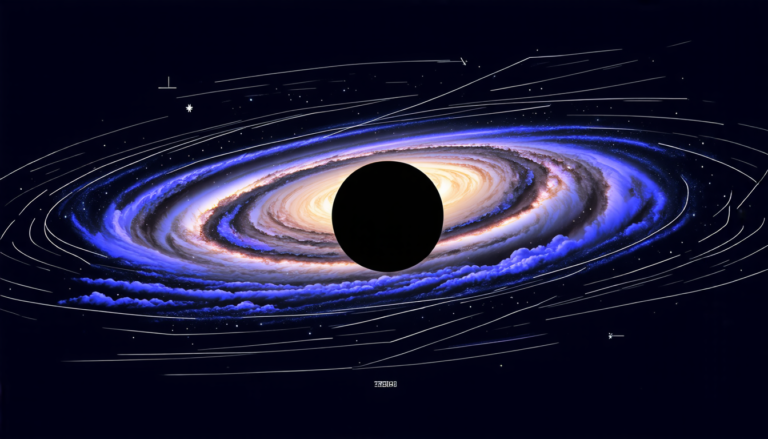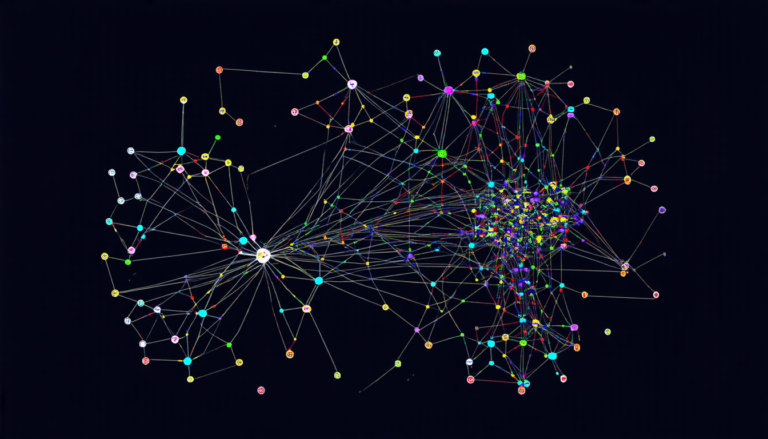Wednesday 16 April 2025
The quest for accurate predictions in chaotic systems has long been a challenge for scientists. These complex phenomena, such as weather patterns and financial markets, are notoriously difficult to model due to their inherent unpredictability. However, researchers have made significant strides in recent years by incorporating prior knowledge into machine learning algorithms.
One approach is to use echo state networks (ESNs), which are a type of recurrent neural network designed specifically for processing time-series data. ESNs work by creating a reservoir of nodes that interact with each other and the input signal, generating a complex pattern of activity that can be used to predict future behavior.
The key innovation here is the incorporation of prior knowledge into the design of the ESN. By using physics-based models as an inductive bias, researchers can guide the learning process and improve the accuracy of their predictions. This approach has been shown to be particularly effective for complex systems with multiple interacting components, such as those found in climate modeling.
In a recent study, researchers used this approach to develop a novel type of ESN called the physics-guided clustered echo state network (PGC-ESN). The PGC-ESN is designed specifically for learning spatiotemporally chaotic dynamics, and has been shown to outperform traditional ESNs in predicting complex behavior.
The PGC-ESN achieves this by using a combination of clustering and coupling knowledge to guide the learning process. Clustering is used to group similar components together, while coupling knowledge is used to specify how these components interact with each other. This allows the network to learn more accurate representations of the underlying dynamics, which can then be used to make predictions.
The researchers tested their approach using two different chaotic systems: the Lorenz-96 model and the Kuramoto-Sivashinsky equation. Both of these systems are well-known for their complex behavior, and have been used extensively in studies on chaos theory.
In both cases, the PGC-ESN outperformed traditional ESNs in predicting future behavior. The network was able to accurately reconstruct the attractor of the system – a key challenge in chaotic dynamics – and make accurate predictions over short timescales.
These results have significant implications for our ability to model and predict complex systems. By incorporating prior knowledge into machine learning algorithms, researchers can improve the accuracy of their predictions and gain new insights into the behavior of these systems.
Cite this article: “Cracking the Code of Chaos: Physics-Informed Echo State Networks Unlock Secrets of Spatiotemporally Chaotic Dynamics”, The Science Archive, 2025.
Machine Learning, Chaos Theory, Recurrent Neural Networks, Echo State Networks, Physics-Based Models, Clustering, Coupling Knowledge, Spatiotemporally Chaotic Dynamics, Lorenz-96 Model, Kuramoto-Sivashinsky Equation







